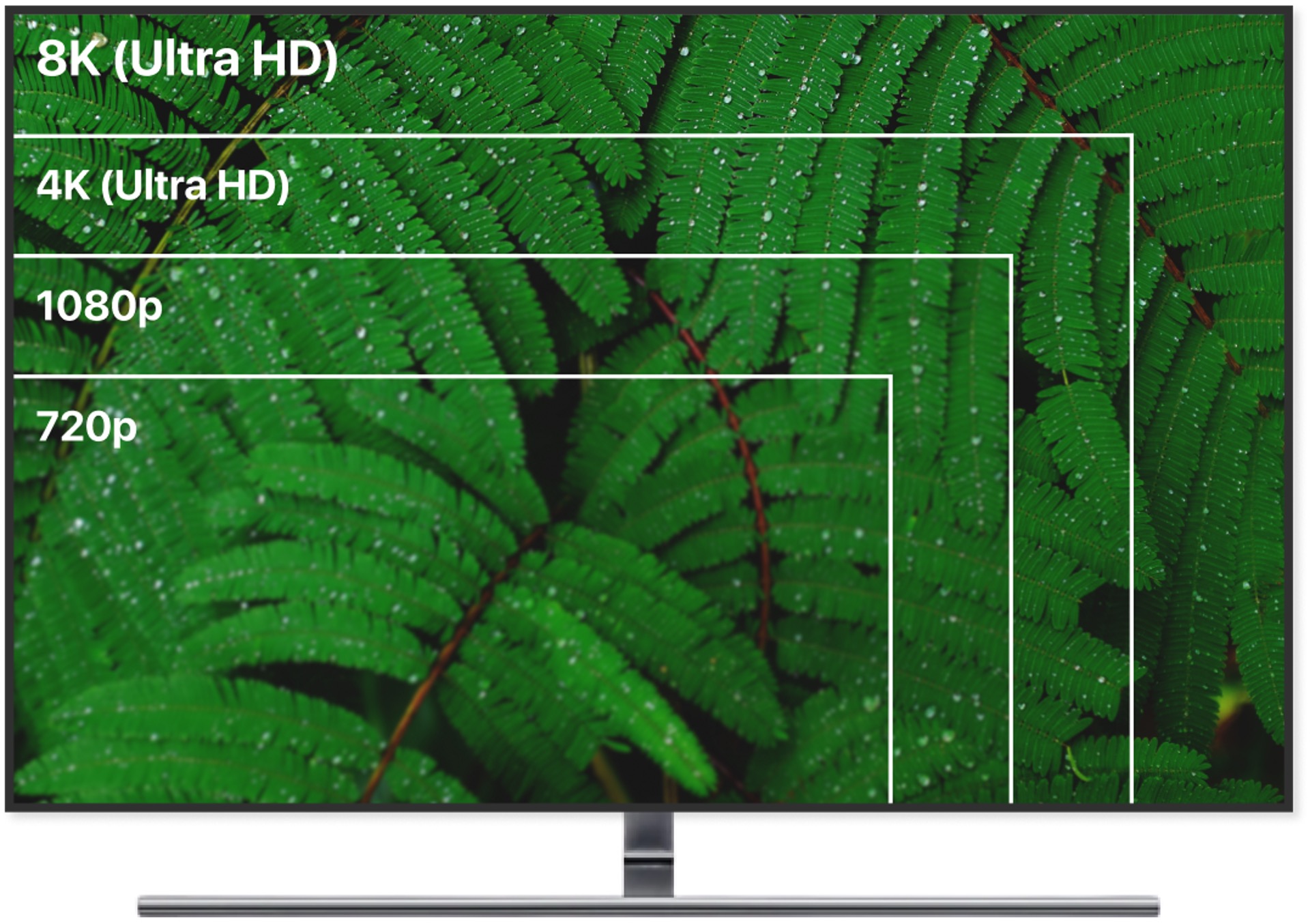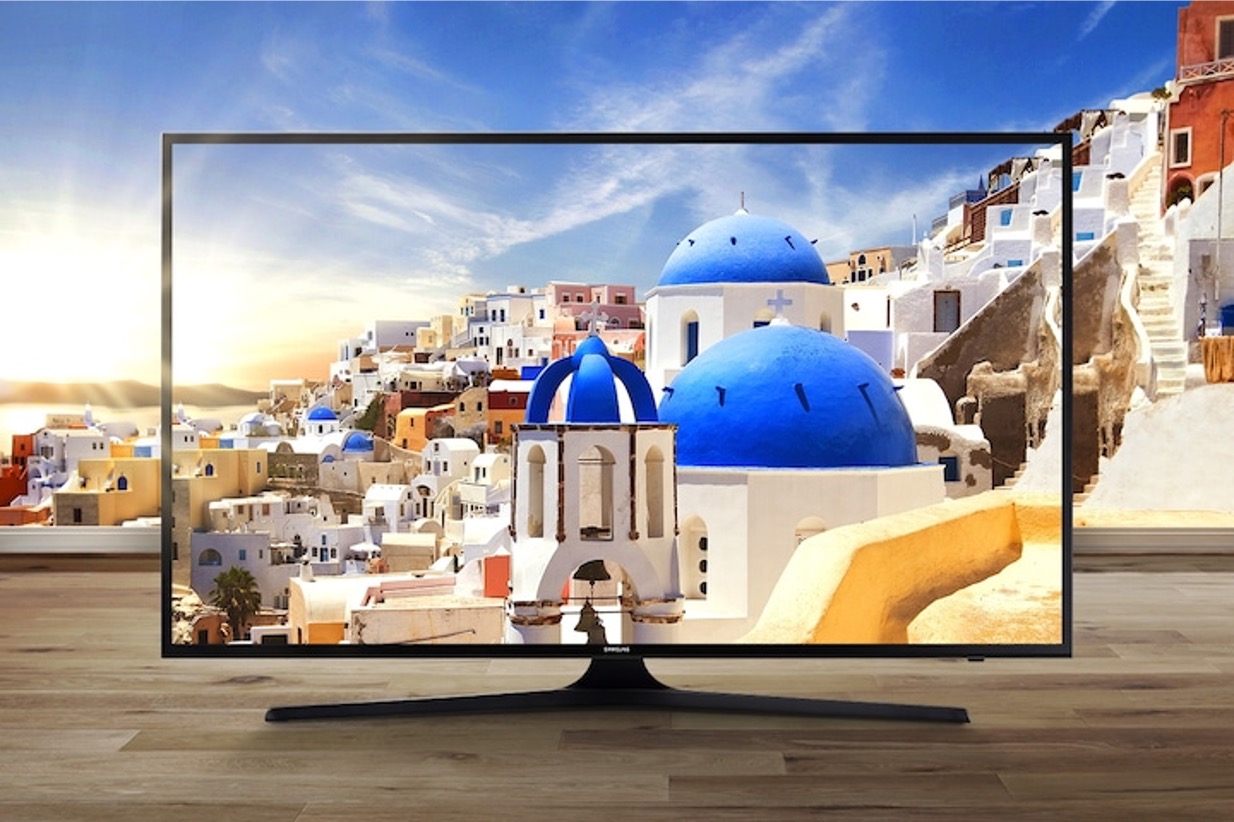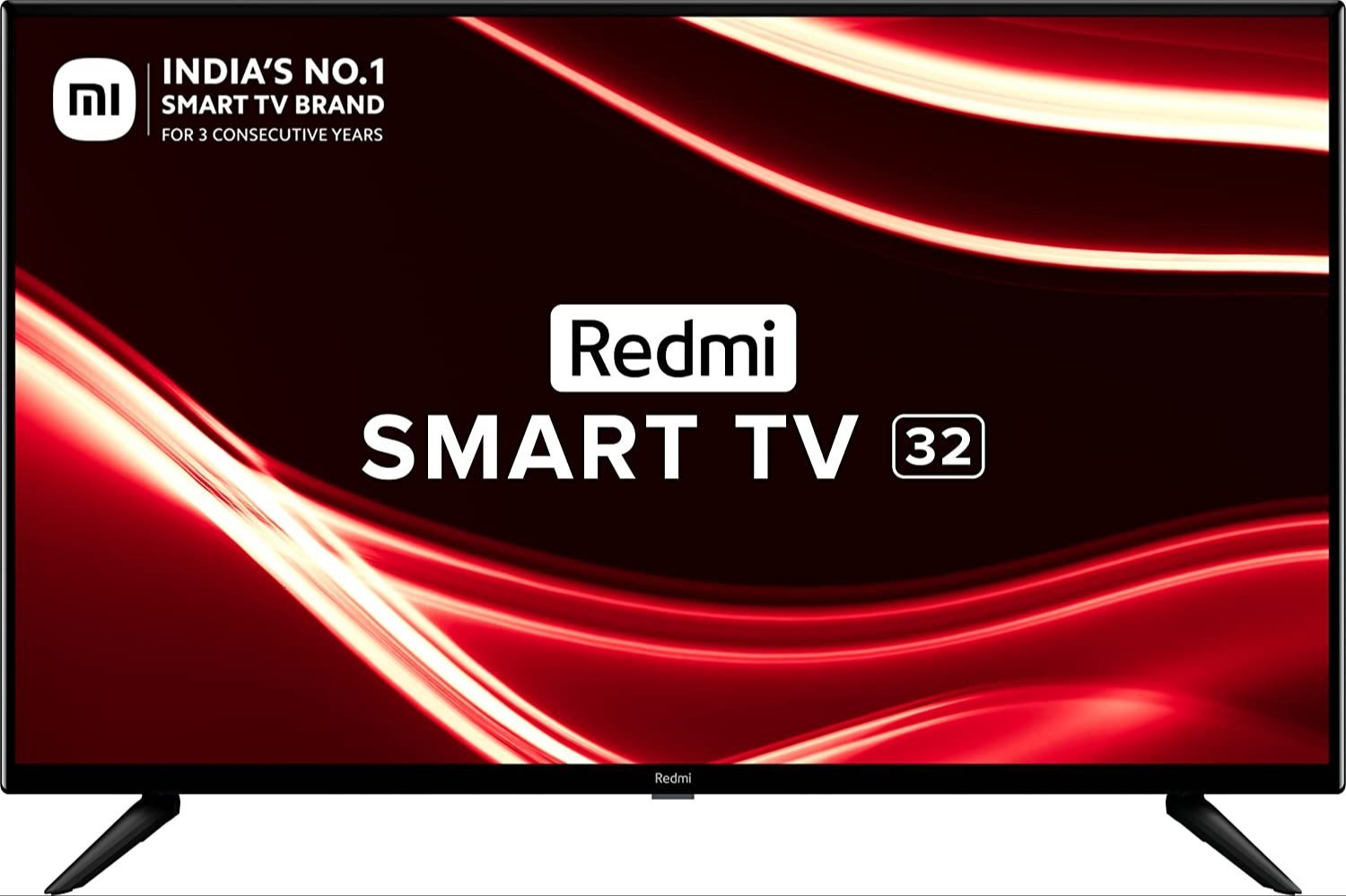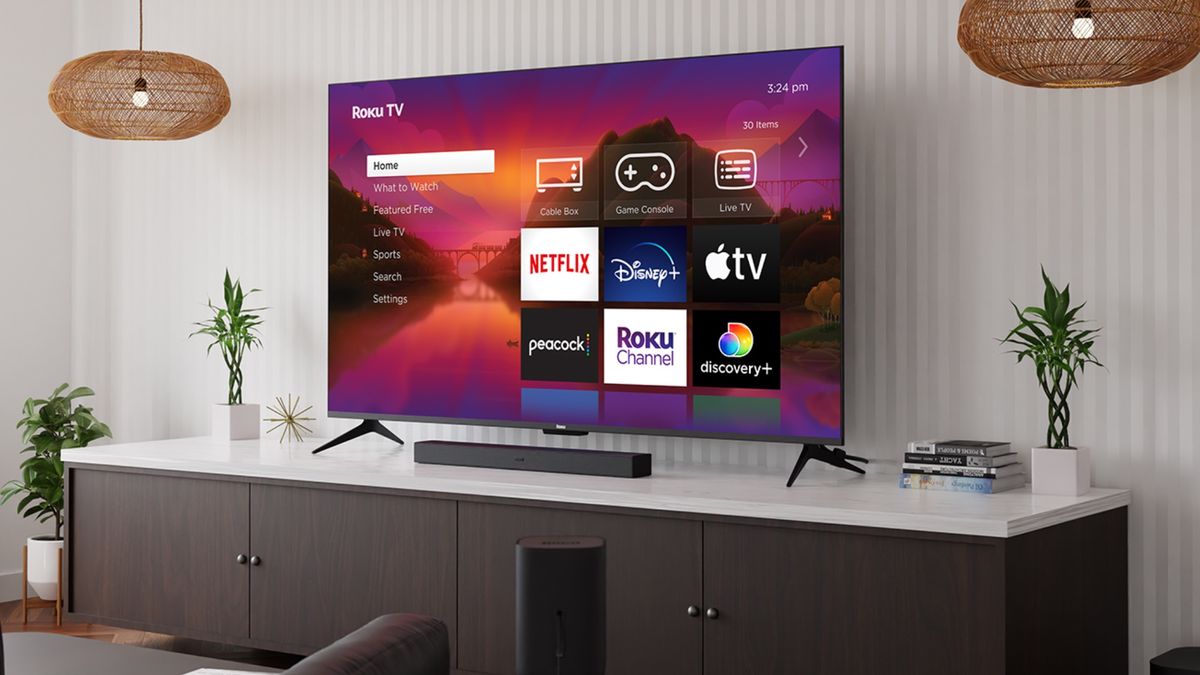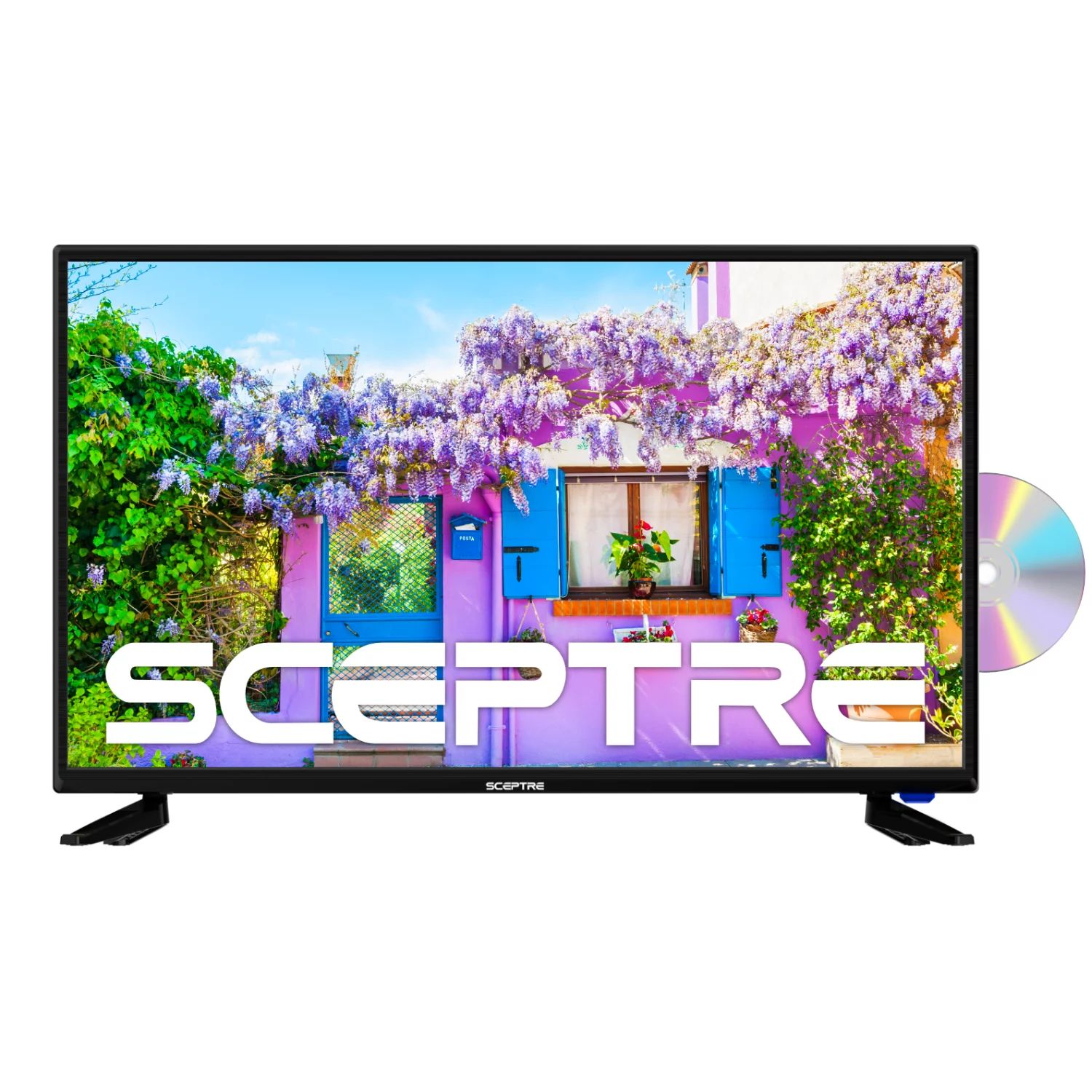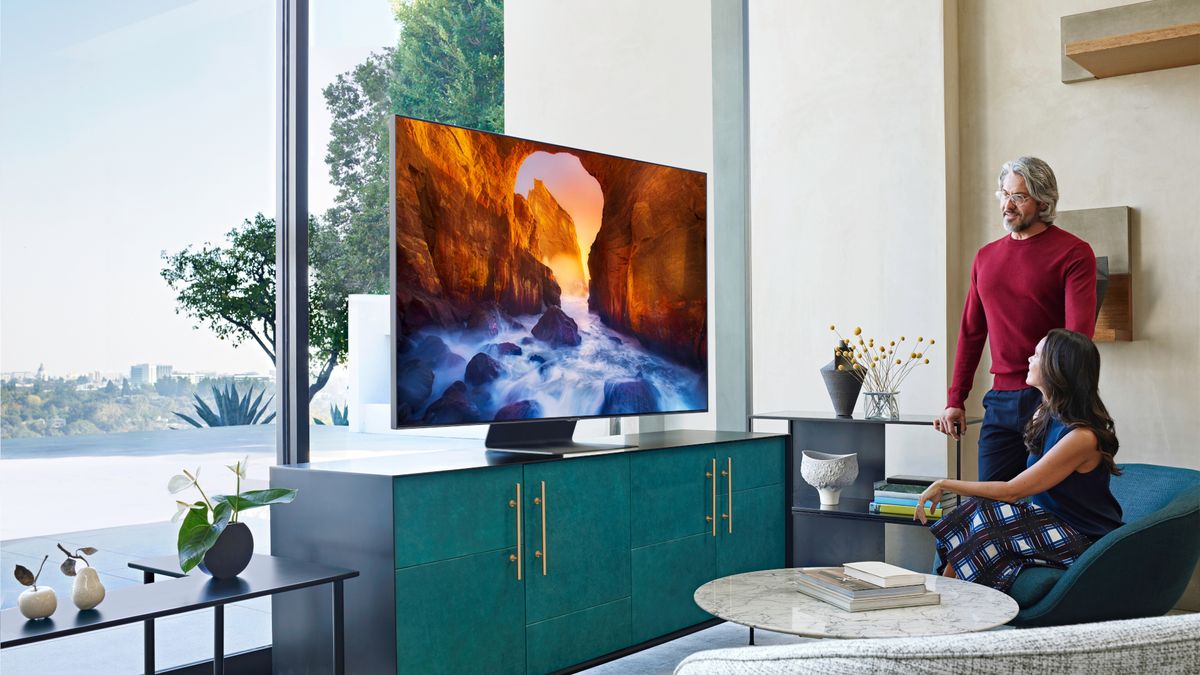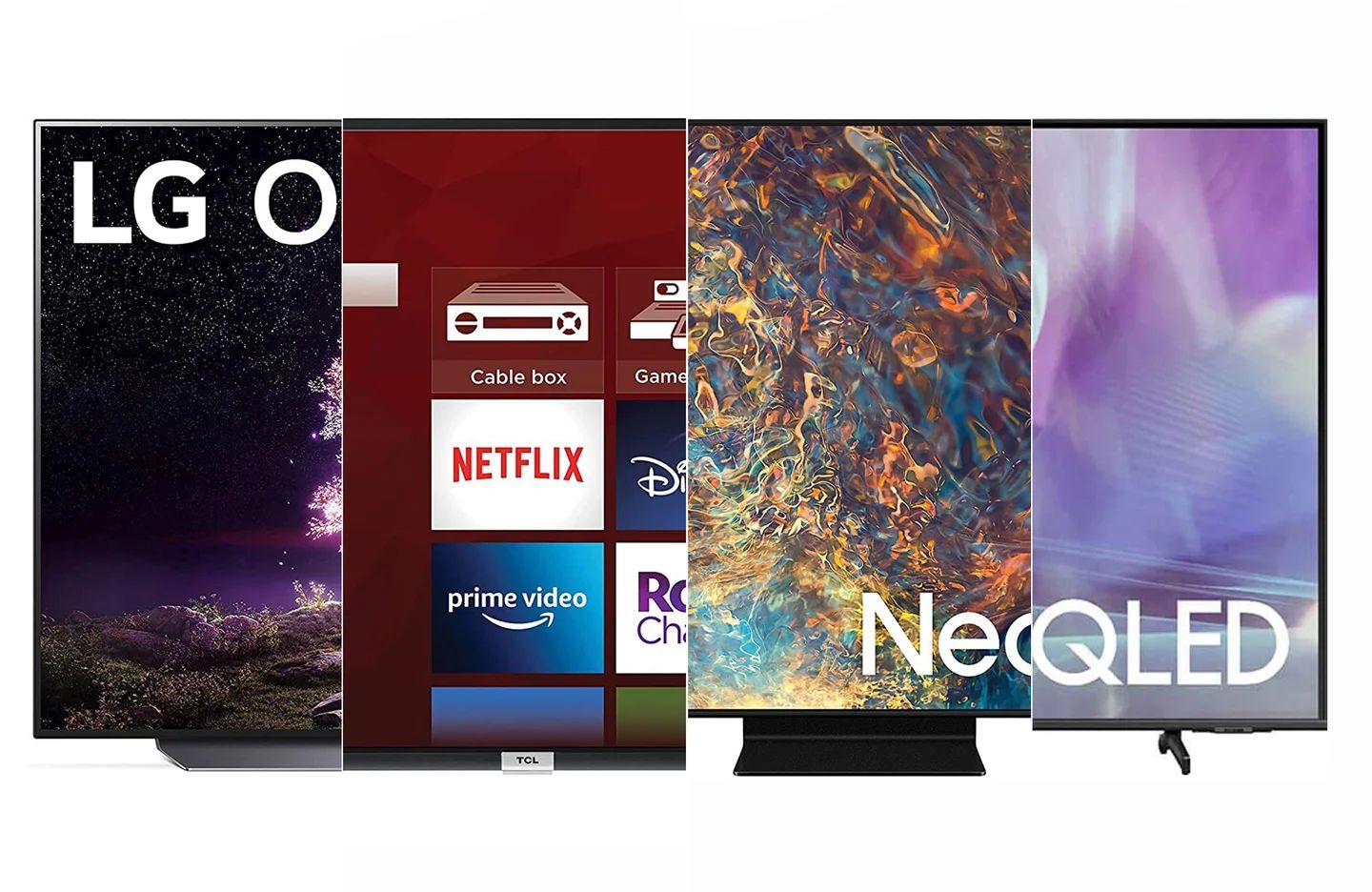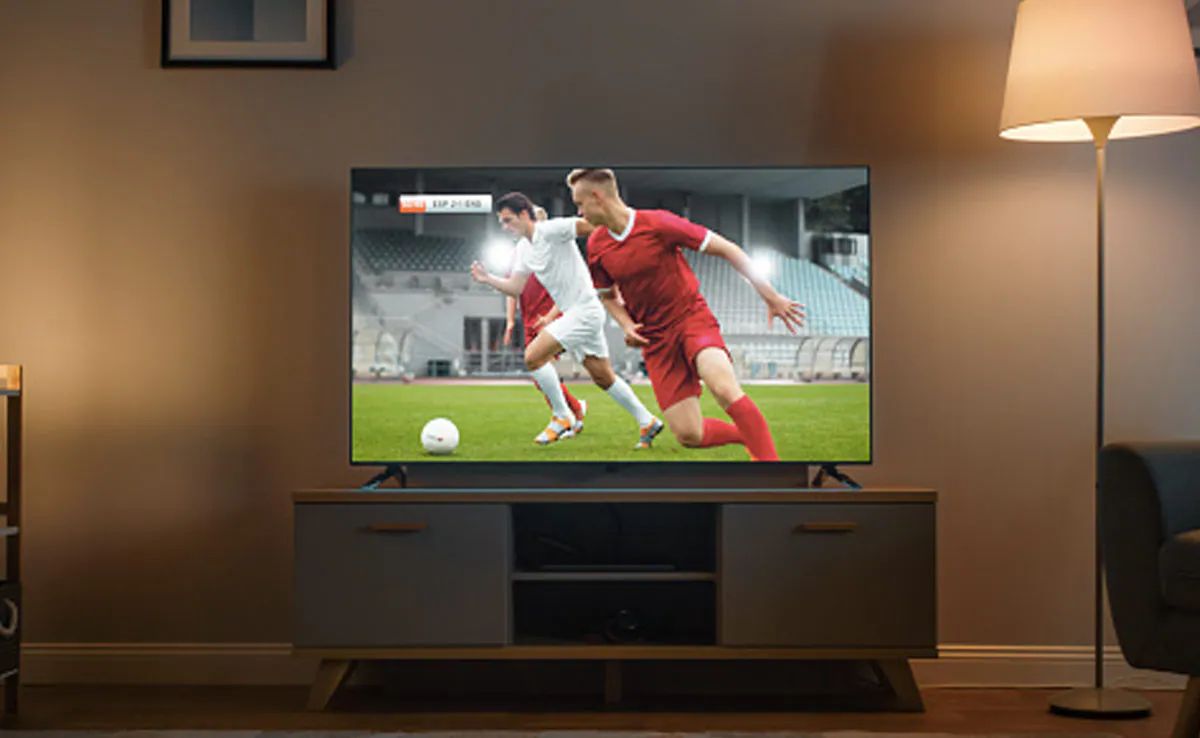Introduction
Welcome to the world of LED TVs, where stunning visuals come to life. As technology continues to evolve, so do our viewing experiences. Gone are the days of standard definition televisions, replaced by the immersive world of high-definition and ultra-high-definition displays. One of the key factors that contribute to the clarity and detail of these displays is resolution.
Resolution refers to the number of pixels that make up the image on your screen. It determines the level of sharpness and detail you can see when watching your favorite movies, shows, or playing games. Understanding resolution is crucial when choosing an LED TV, as it directly impacts your viewing experience.
In this article, we will demystify the concept of resolution in LED TVs. We will explore what resolution means, discuss the common types of resolutions available, and provide insight into the factors to consider when choosing the right resolution for your needs.
So, if you’re ready to embark on a journey through the world of LED TVs and resolution, let’s dive in!
Understanding Resolution
Before we delve into the world of LED TV resolutions, let’s first understand what resolution actually means. In simple terms, resolution refers to the number of pixels contained on the screen, both horizontally and vertically. It is typically represented as a measurement of width x height, with the total number of pixels determining the level of detail and sharpness.
Each pixel is a tiny dot that emits its own light, and when combined together, they form the images we see on-screen. The more pixels there are, the more detailed and clear the image will be, as there are more dots to display the visual information.
Resolution is often expressed in terms of a specific number, such as 1920×1080 or 3840×2160. The first number represents the horizontal pixel count, while the second number represents the vertical pixel count. For example, in a resolution of 1920×1080, there are 1920 pixels horizontally and 1080 pixels vertically, resulting in a total of over 2 million pixels on the screen.
It’s important to note that resolution is different from screen size. While screen size refers to the physical dimensions of the TV, resolution determines the level of detail and sharpness. A larger screen with a lower resolution may not appear as clear and crisp as a smaller screen with a higher resolution.
Now that we have a basic understanding of resolution, let’s explore what it means specifically in the context of LED TVs.
What is Resolution in LED TV?
Resolution in LED TVs refers to the number of pixels that make up the display. It determines the level of detail and sharpness you can expect from your TV viewing experience. The higher the resolution, the more pixels there are, resulting in a clearer and more detailed image on the screen.
LED TVs are known for their ability to produce vibrant, realistic colors and exceptional picture quality. Resolution plays a significant role in bringing these visuals to life. It determines the clarity of the image, the sharpness of the details, and the overall visual appeal of what you see on the screen.
When shopping for an LED TV, you will come across various resolution options. The most common resolutions include Full HD (1920×1080), Ultra HD (4K) (3840×2160), and 8K (7680×4320). Each resolution offers a different level of detail and visual experience.
It’s worth noting that the resolution of the content you are viewing also plays a role. If you are watching a movie or show that is not in high definition, it may not take full advantage of the TV’s resolution capabilities. However, the higher resolution of the TV will still ensure a better overall viewing experience compared to lower resolution displays.
Now that we know what resolution in LED TVs means, let’s dive deeper into the common resolutions you will encounter while shopping for a new TV.
Common Resolutions in LED TV
LED TVs offer a range of resolutions to choose from, each with its own unique benefits and visual experience. Let’s explore some of the most common resolutions you will come across:
- Full HD (1920×1080): Full HD, also known as 1080p, is a popular resolution choice for LED TVs. With a pixel count of 1920×1080, it delivers sharp and detailed images, making it ideal for watching movies and gaming. Full HD resolution is widely available and offers a great balance between picture quality and affordability.
- Ultra HD (4K) (3840×2160): Ultra HD, also referred to as 4K, is becoming the new standard in high-quality displays. With four times the pixels compared to Full HD, it provides an incredibly sharp and detailed image that enhances your viewing experience. Ultra HD resolution is perfect for watching native 4K content, such as movies and documentaries, as well as gaming on consoles that support 4K graphics.
- 8K (7680×4320): 8K is the latest advancement in resolution for LED TVs. With a massive pixel count of 7680×4320, it offers an unparalleled level of detail and clarity that is truly breathtaking. However, it’s important to note that native 8K content is still limited, and the benefits of 8K resolution may not be fully realized unless you have access to 8K-compatible content.
These three resolutions are the most prevalent options you will find in the market. However, it’s important to consider factors such as viewing distance, content availability, and budget when choosing the right resolution for your needs.
Now that we have explored the common resolutions in LED TVs, let’s move on to the next section, where we will discuss the factors to consider when selecting the right resolution for your viewing preferences.
Full HD (1920×1080)
Full HD, also known as 1080p, is a popular resolution choice for LED TVs. It offers a pixel count of 1920×1080, resulting in a total of over 2 million pixels. This resolution provides a sharp and detailed image that enhances your viewing experience.
Full HD resolution is widely available and is suitable for various types of content. Whether you’re watching movies, TV shows, or playing games, you can expect vibrant colors, crisp details, and smooth motion.
One of the key advantages of Full HD is its affordability. Compared to higher resolutions like 4K or 8K, Full HD TVs tend to be more budget-friendly without compromising on picture quality. This makes it an excellent option for those who want a high-quality viewing experience without breaking the bank.
Another factor to consider is the viewing distance. With Full HD resolution, optimal viewing distance plays a crucial role in fully enjoying the picture quality. For a 40 to 55-inch Full HD TV, a recommended viewing distance would be around 5-7 feet. Being too far or too close to the screen can affect the perceived image quality.
It’s worth noting that the availability of native Full HD content is widespread. Most broadcasted TV shows, Blu-ray discs, and streaming platforms offer content in Full HD resolution. However, it’s also important to consider that as technology progresses, more and more content is being produced in higher resolutions like 4K.
If your budget is a primary concern and you want an excellent picture quality that is suitable for most types of content, Full HD is a solid choice for your LED TV. It provides a balance between affordability and visual appeal, making it a popular option among consumers.
Now that we have explored Full HD resolution, let’s move on to the next section, where we will discuss another popular resolution – Ultra HD (4K).
Ultra HD (4K) (3840×2160)
Ultra HD, also known as 4K resolution, has rapidly gained popularity in the world of LED TVs. With a pixel count of 3840×2160, it offers four times the resolution of Full HD, resulting in over 8 million pixels on the screen. This increased pixel density brings an unparalleled level of detail and sharpness to your viewing experience.
One of the significant advantages of Ultra HD is its ability to showcase stunning visuals with exceptional clarity. From movies and TV shows to gaming and sports, each frame appears vivid and lifelike, offering a more immersive experience. The finer details, textures, and vibrant colors are accentuated, creating a picture that feels incredibly realistic.
Ultra HD resolution is especially beneficial for larger screens, as the extra pixels help maintain sharpness and clarity even at close viewing distances. This makes it ideal for home theaters or living rooms where you have a bigger screen size.
Content availability for 4K has significantly improved over the years. Many streaming services, such as Netflix and Amazon Prime Video, offer a wide selection of movies and TV shows in 4K. Additionally, gaming consoles like the PlayStation 5 and Xbox Series X provide support for 4K gaming, immersing you in the world of lifelike graphics and smooth gameplay.
It’s important to note that to fully enjoy the benefits of Ultra HD resolution, the content you are viewing should be in 4K. While lower-resolution content can still be displayed on a 4K TV, the full potential of the resolution may not be realized. However, the upscaling technology in modern TVs can enhance the quality of non-4K content to some extent.
When considering an Ultra HD TV, it’s crucial to ensure that you have access to 4K content and have a reliable source of high-quality visuals. While the initial cost of a 4K TV may be higher compared to Full HD or other lower-resolution options, the immersive viewing experience and the future-proofing it offers make it a worthwhile investment for many.
Now that we have explored Ultra HD (4K) resolution, let’s move on to the next section, where we will discuss the future of resolution – 8K.
8K (7680×4320)
8K resolution is the latest advancement in the world of LED TVs, offering an incredibly high level of detail and visual fidelity. With a pixel count of 7680×4320, 8K TVs pack an astonishing 33 million pixels onto the screen, delivering an unprecedented level of sharpness and clarity.
One of the key advantages of 8K resolution is its ability to showcase even the tiniest details with stunning precision. Fine textures, intricate patterns, and subtle nuances are brought to life, creating a truly immersive viewing experience. This level of detail is especially noticeable on larger screens where the pixels are spread out across a wider area.
However, it’s important to note that unless you have access to native 8K content, the full benefits of 8K resolution may not be fully realized. While 8K content is limited at the moment, its availability is expected to expand in the future as technology progresses. Upcoming developments in streaming platforms and advancements in video production will likely bring more 8K content to consumers.
Another factor to consider with 8K resolution is the viewing distance. Due to the high pixel density, optimal viewing distance is further than with lower resolutions. To fully appreciate the level of detail, it is recommended to sit closer to the screen. However, for standard-sized living rooms, it may not be feasible to sit at such close distances, which can affect the perceived benefits of 8K resolution.
It’s worth mentioning that 8K TVs are generally more expensive compared to their lower-resolution counterparts. The cutting-edge technology and higher manufacturing costs contribute to the premium price tag. As with any advanced technology, the prices are expected to gradually decrease over time as it becomes more widespread.
While 8K resolution is currently at the forefront of display technology, it is considered more future-proof than other resolutions. As content providers and technology continue to evolve, having an 8K TV ensures that you are ready for the upcoming wave of ultra-high-definition content.
In summary, 8K resolution offers an astounding level of detail and visual performance. It represents the pinnacle of display technology and provides an unmatched viewing experience that’s perfect for those who crave the absolute best in picture quality. As content availability expands and prices become more affordable, 8K TVs are poised to become more common in households around the world.
Now that we have explored 8K resolution, let’s move on to the next section, where we will discuss the factors to consider when choosing the right resolution for your LED TV.
Factors to Consider When Choosing the Right Resolution
When selecting the resolution for your LED TV, there are several factors to consider to ensure you make the right choice. Here are some key factors to keep in mind:
- Viewing Distance: The distance between you and the TV plays a crucial role in determining the appropriate resolution. If you sit close to the screen, a higher resolution like 4K or 8K will deliver a more immersive experience with greater detail. On the other hand, if you have a larger viewing distance, a lower resolution like Full HD might be sufficient to enjoy a clear and enjoyable picture.
- Content Availability: Consider the availability of content in different resolutions. While 4K content is becoming more prevalent, 8K content is still limited. If you enjoy watching native 4K content, such as movies and shows, investing in a 4K TV makes sense. However, if you primarily watch standard-definition or Full HD content, a higher resolution TV may not provide a significant boost in visual quality.
- Budget: Your budget is an important consideration. Higher-resolution TVs generally come with a higher price tag. While the cost of 4K TVs has become more affordable over the years, 8K TVs still remain relatively expensive. Evaluate your budget and decide how much you are willing to invest in a TV with a particular resolution.
- Future-Proofing: Consider your desire for future-proofing. If you want to be on the cutting edge of technology and anticipate a rise in 4K or 8K content, investing in a higher-resolution TV may be a good choice. However, keep in mind that technology is constantly evolving, and new resolutions may emerge in the future.
- Screen Size: The size of your TV can also influence the resolution choice. Larger screens benefit from higher resolutions as they spread out the pixels, resulting in sharper and more detailed images. Smaller screens, on the other hand, may not showcase the full potential of a higher resolution, making a lower resolution like Full HD a viable option.
By considering these factors, you can make an informed decision about which resolution is most suitable for your specific needs and preferences. Whether you prioritize budget, content availability, or future-proofing, selecting the right resolution will enhance your overall viewing experience.
Now that we have explored the factors to consider when choosing the right resolution, let’s wrap up this article with a summary of what we’ve discussed.
Conclusion
Resolution is a pivotal factor when it comes to choosing an LED TV that meets your needs and preferences. Understanding the concept of resolution and the different options available can help you make an informed decision.
We began by delving into what resolution means, emphasizing that it refers to the number of pixels on the screen. The more pixels there are, the clearer and more detailed the image will be. We then explored the significance of resolution in LED TVs, highlighting how it contributes to the overall visual experience and the sharpness of the details.
Next, we discussed the common resolutions found in LED TVs. Full HD (1920×1080) offers a great balance between affordability and picture quality, while Ultra HD (4K) (3840×2160) delivers exceptional sharpness and detail. We also explored the cutting-edge 8K resolution (7680×4320), which offers an unmatched level of clarity and is considered the future of display technology.
We considered several factors when choosing the right resolution, including viewing distance, content availability, budget, future-proofing, and screen size. These factors play a role in determining which resolution will provide the most satisfying viewing experience based on your specific circumstances and preferences.
Ultimately, the resolution you choose should enhance your viewing experience and align with your budget and content preferences. Whether you opt for Full HD, Ultra HD, or even 8K resolution, each offers its own advantages and visual appeal.
As technology advances, resolutions are likely to continue evolving, offering even more immersive and detailed viewing experiences. Whichever resolution you choose, remember to sit back, relax, and enjoy the stunning visuals that LED TVs have to offer.
With a clear understanding of resolution and its impact on LED TVs, you are now equipped to make an informed decision when selecting the resolution that best suits your needs and preferences. Happy viewing!







